Theft, looting, and illicit trafficking of cultural property are global scourges of our time, worth billions of dollars and constantly growing. They fuel organised crime and contribute to the financing of terrorism. Since its founding, UNESCO has developed landmark legal instruments to combat this trafficking, including the 1970 Convention on the Means of Prohibiting and Preventing the Illicit Import, Export, and Transfer of Ownership of Cultural Property.
DDB Paris and UNESCO have been working hand in hand since 2020 on the issue of cultural object trafficking. After an initial global awareness campaign, the goal was to go even further in raising public awareness, especially among younger generations. DDB Paris and makemepulse became joint creative agency partners on a new awareness project.
It began with the question, “What if we could restore visibility to stolen cultural objects around the world through an immersive virtual experience?” The idea of a virtual museum was born.
After four years of collaborative work, UNESCO’s Virtual Museum of Stolen Cultural Objects is born. The museum features stolen and missing objects from all regions and eras, with the support of Saudi Arabia, the United States, Greece, Interpol, and 44 other countries around the world.
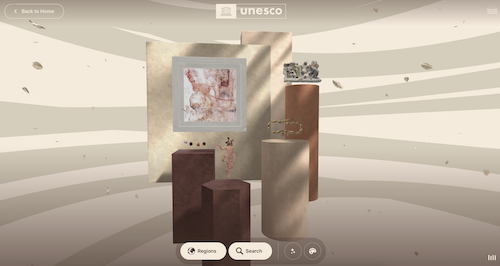
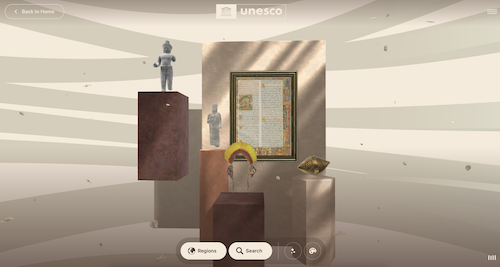
“These objects are virtual. Nobody knows where they are, or what they actually look like. We try to fill the gaps. We have been working with communities so they can tell the stories behind them,” stated Ernesto Ottone, assistant director-general for culture of UNESCO.
Alexander Kalchev, CEO and CCO of DDB Paris, added, “This museum is not just a place for exhibitions. It is a tool for action. By making all these objects recognisable, we make their resale more difficult.” The museum makes the stolen objects perceptible, reveals their symbolic and cultural value, and brings communities together around a shared heritage.
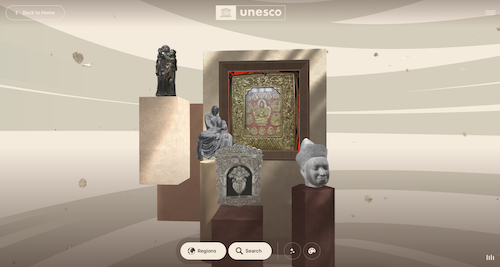
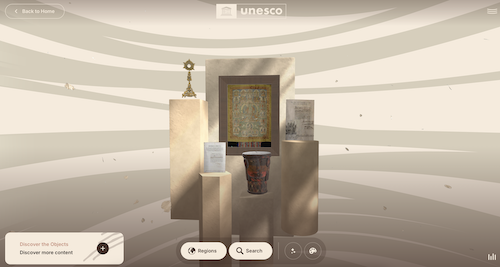
The museum was designed by Pritzker Prize Laureate, Diébédo Francis Kéré, who worked hand in hand with the creative studio, makemepulse, to imagine and build a highly symbolic place. His inspiration came from the baobab tree. “Cultural objects can be seen as roots that hold the community together,” he commented.
makemepulse, in partnership with UNESCO and its member states, developed a generative AI solution to transform photographs of stolen artifacts into lifelike 3D models, restoring not only their appearance but also their significance. Users will be able to share their own gallery of objects within the museum. The more people visit it and talk about it, the more objects can be recovered and returned to their rightful owners. These restored objects will be shown in a dedicated “restitution room”.
“The idea was to build the biggest collection so we can empty our museum in the end, when these objects are returned to their country of origin,” Ottone explained.
The museum is now online, following its official inauguration at the opening of the global cultural event Mondiacult 2025 in Barcelona. The campaign will also be rolled out worldwide in mid-November, primarily through video online, press, OOH, social media, and PR.
Credits:
Client: UNESCO
Client Team: Ernesto Ottone, Pablo Guayasamin, Sunna Altnoder, Saori Matilda Machimura
Creative Agency: DDB Paris
Chief Creative Officer: Alexander Kalchev
Copywriter: Benoît Oulhen
Art Directors: Yassine Ouadah Tsabet, Nicolas Denis
Account Team: Vincent Léorat, Mathieu Bliguet, Paul Pieuchot, Pia Edelhoff
Strategic Planning Director: Cédric Ledoux
PR: Anne-Marie Gibert, Romana Kügerl
Head of Production: Fabien Donnay
Production: Alexandre Ardeois, Fabrice Bensahkoun
Post Production: Samuel Ben Simon
Sound Production: Marine Crémer, Clément Reynaud, Alexandre Vicart, Cédric Boit
Creative Studio: makemepulse
Chief Creative Officer: Nicolas Rajabaly
Chief Technology Officer: Antoine Ughetto
Head of Production: Grégory Bruneau
Creative strategist: Camille Calvin
Art directors: Romain Passelande, Jérôme Levilly, Solène Robichon
UX designer: Sarah Osrodka
Lead 3D: Jérôme Levilly
3D Artist: Aurélien Commons
WebGL developer: Gauthier Pompougnac, Nils Landrodie, Florentin Monteil
Front-end Developers: Vincent Saïsset, Julien Vasseur, Zoé Jeulin, Rémi Bécuwe
Back-end developers: Jérémie Colombo
Sound Production: Press Play On Tape
Executive Producer: Mathias Roumy
Producers: Hélène Ta, Valentin Moreau
Account Team: Sarah Cutler, Marie-Elise Archambaud

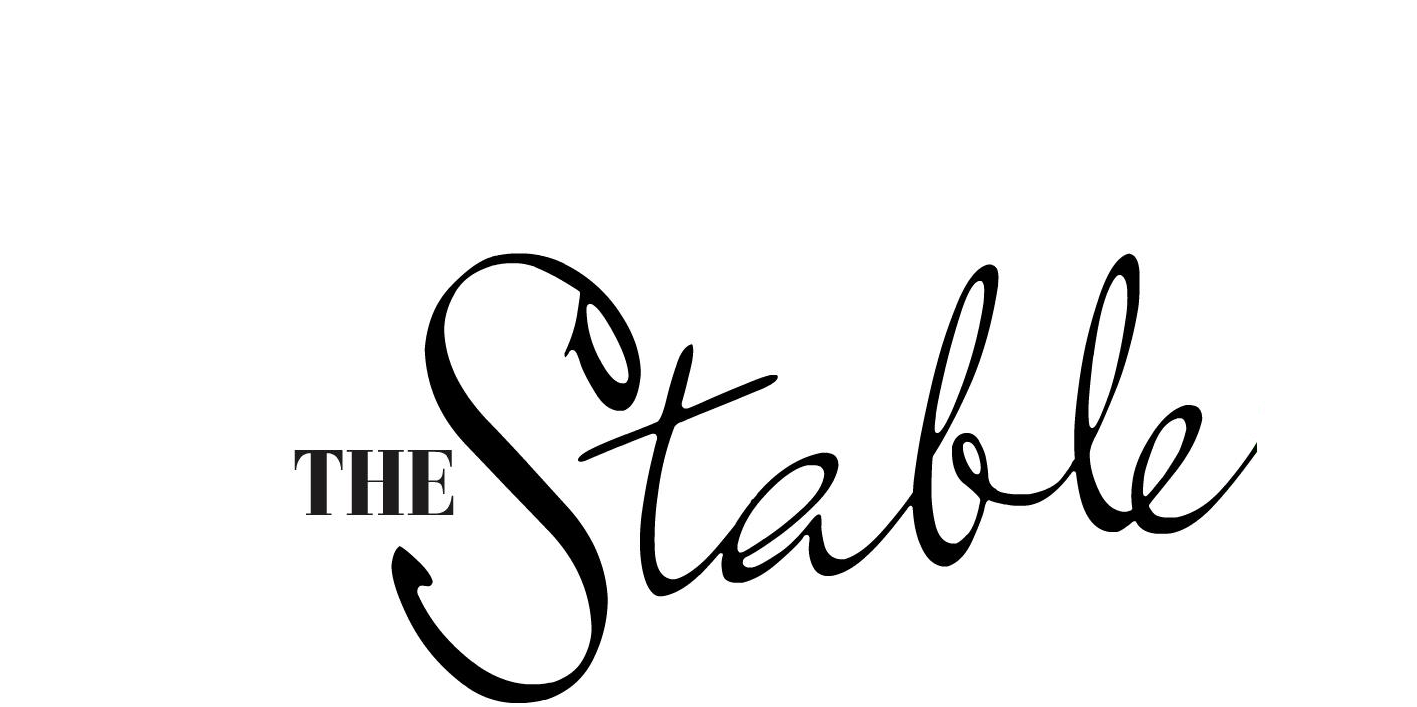

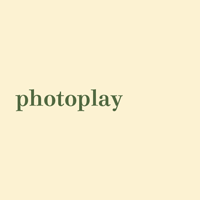
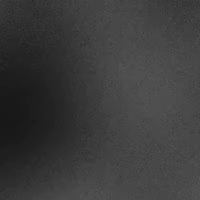









Leave A Reply